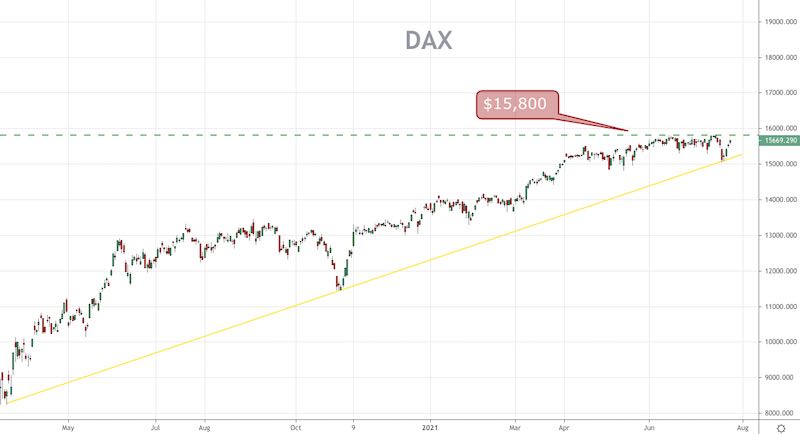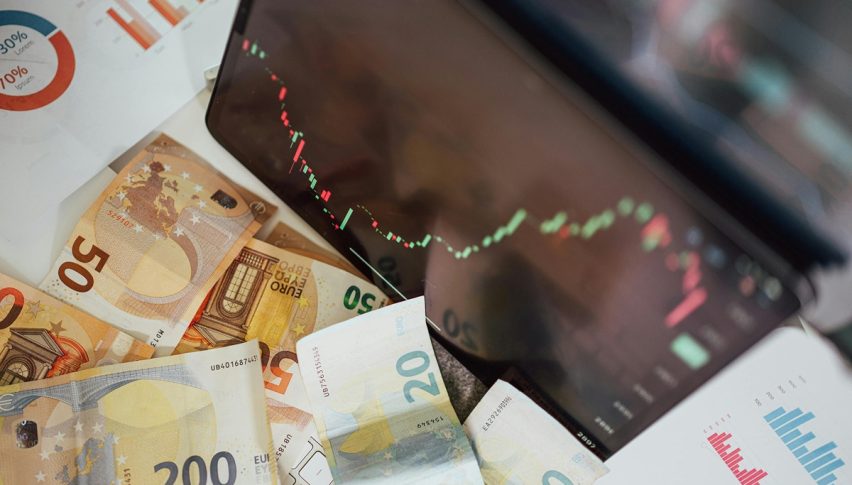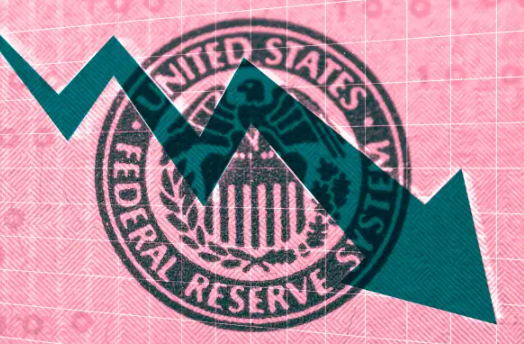Dax30 – Forecast Summary
| DAX Forecast: H1 2023 Price: 16,500-20,000 Price drivers: German economy, Economic reopening, market sentiment |
DAX Forecast: 1 Year Price: 18,000 – 20,000 Price drivers: ECB, US stimulus, Eurozone economy |
DAX Forecast: 3 Years Price: 22,000 – 23,000 Price drivers: Global economy, Politics, Market sentiment |
Dax30 is the main German stock index, including 30 of the most prominent companies listed in Germany traded on the Frankfurt Stock Exchange. These companies have a major influence on the German and the world economy. As with most major indexes, Dax has been bullish for a long time and after the deep dive in February/March last year due to the coronavirus breakout, the bullish trend resumed again, pushing to new record highs, above the previous highs from February last year.
The Covid-19 outbreak turned the sentiment massively bearish early last year, sending everything crashing down in financial markets, including stock markets. But that didn’t last long and Dax reversed higher by the middle of March, despite the lockdowns and the restrictions which still continue, although they haven’t affected the stock markets. This points to further gains for Dax during 2021 and further ahead, particularly as the world starts to reopen now. The strong bullish momentum so far in 2021 and the break above the previous high during this time also show that the improving global economy is going to keep Dax bullish in the mid-term.
Price is currently trading at all-time high levels of $15,100 – $18,000. However, the price has not been able to break through that level in the short term. If the price can hold these fresh highs, there’s potential to continue with the current bull trend. However, if the price breaks this uptrend, the potential for a bearish correction remains in place.
Recent Changes in the Dax30 Price
| Period | Change (Points) | Change % |
| 6 Months | +2,220 | +17.1% |
| 1 Year | +4,437 | +38.1% |
| 3 Years | +3,800 | +33.3% |
| 5 Years | +5,100 | +48.6% |
| 10 Years | +7,800 | +56.2% |
Factors Affecting Dax30
So, the price action and the larger charts point up for Dax30 and the fundamentals are quite promising as well. As all stock markets, the Dax index is prone to the sentiment in the financial markets, running higher when the sentiment is positive and retreating when the sentiment is negative. Although the retreats have been almost non-existent since early November 2020.
The economic recovery will keep fuelling stock markets this year, while inflation will force central banks to really consider looking toward the end of the massive economic stimulus programmes. There’s the coronavirus risk and particularly the risk of further measures and lockdowns, which funny enough have become normal somehow, so markets have been getting used to them by now. The way coronavirus goes as we move forward will also decide how long the economic stimulus from the ECB and the German government will continue.
DAX Live Chart
Dax30 Price Prediction for the Next 5 Years
To facilitate the comprehension of the evolution of the German stock market and the broader economy, the stocks of the 30 largest companies by market capitalization are aggregated in the Deutscher Aktienindex, or DAX, which is the main stock market index of Germany.
Dax30 and Stock Markets During Coronavirus
As we mentioned above, stock markets went through a massive crash in February and March last year, the biggest one since the global financial crisis in 2008. In fact, this crash was even bigger than the one in 2008 for the German stock index Dax30, exceeded only by the retreat in the early 2000s. But, the initial coronavirus crash was a flash one and lasted only about a month. By the middle of March last year, stock markets reversed higher and they have been climbing since then.
Despite the coronavirus lock-downs in spring last year and the restrictions which still continue, stock markets have continued to march higher, with Dax making record highs this year. All major stock indices have made record highs in the last several months, apart from the UK FTSE100, which shows clearly that these markets are used to the coronavirus times. The continent is starting to reopen after another dark winter/spring, which should be positive for European stocks. Although, we have heard comments from the current German Chancellor Angela Merkel, that the government might push for another national lockdown. However, most of the businesses will still remain open, particularly manufacturing. So, there won’t be much effect from coronavirus, since this market is used to it by now. In fact, coronavirus has proved to be positive for stock markets, since central banks and governments turn increasingly bearish when cases and restrictions increase, increasing the spending which keeps fuelling stock markets.
Government and Central Bank Cash Keeps Rolling, Stocks Keep Crawling
Speaking of the coronavirus and the excessive amount of cash being thrown into the markets (away) from central banks and governments to fight the economic effects, it now accounts for many trillions. There have been many trillion dollar programmes, which are still continuing and the amount will probably extend further. The ECB announced the PEPP programme to help fight the horrible consequences of the first lockdown in March last year, worth €750 billion, which has been hiked twice, once in June last year by €600 billion and again in December last year by €500 billion, which brings it to a total of €1.85 trillion.
Speaking of the coronavirus and the excessive amount of cash being thrown into the markets (away) from central banks and governments to fight the economic effects, it now accounts for many trillions. There have been many trillion dollar programmes, which are still continuing and the amount will probably extend further. The ECB announced the PEPP programme to help fight the horrible consequences of the first lockdown in March last year, worth €750 billion, which has been hiked twice, once in June last year by €600 billion and again in December last year by €500 billion, which brings it to a total of €1.85 trillion.
The EU on the other hand, has also taken extraordinary measures to fight the negative effects of the coronavirus and the restrictions in the Eurozone economy. They introduced the EU’s coronavirus recovery fund last summer, which also was in trillions of Euros. The fund consisted of €390 billion in grants and €360 billion in loans, while a new €1.074 trillion seven-year budget was attached to it, which brought the total financial package to €1.82 trillion. The European Parliament also passed another €672.5 billion COVID recovery fund in February this year. Besides that, the $2 trillion programme from the US government which will reach $3 trillion for certain, will start to spill off into Europe in 2022, which will also be keeping stock markets up. We heard comments from some ECB members, that they might not implement the programme in full if the recovery comes soon, but it is not looking like it. So, the money will keep rolling and stock markets will keep crawling higher.
German and Global Economies Stemming, Pulling Stocks Up
In Q1 of last year we saw a recession in China, which was the most unexpected thing in the financial world, since China has been growing steadily for decades and it is only getting stronger, with all the industries having been transferred there and the new prominent ones arising together with new faces, such as Alibaba’s Jack Ma. Although, it didn’t last long and the Chinese economy started rebounding in Q2. In Europe and elsewhere in the world, the rough times came in the next quarter, with the economy tumbling 11.6% lower, as the lockdowns sent manufacturing and services in recession. But, we saw a rebound in manufacturing eventually, which has been booming in recent months, while Eurozone services are also recovering after being in a second recession in Q4 of 2020 and Q1 of this year. Inflation is also picking up, now standing at 1.3%, after declining from August until December last year.
The GDP contracted again in Q4 of last year and will probably contract again for Q1 when the report gets released, but we are well in Q2 already, heading into Q3, so the second recession is behind us now and the Eurozone is reopening, which will only make the situation better, especially for services. The industrial production in China is above pre-pandemic levels, while the US economy is also booming across all fronts. So, the situation for the companies listed in the Dax30 index will improve as well, which will keep the uptrend going.
Technical Analysis – Will the Recent-Highs Hold Up?

The DAX/USD has been incredibly bullish over the course of 2021, with the price starting the year around 14,000 and rallying to where it currently sits at 18,000.
As recently as last week, we have seen that price continues to bounce back and all dips are getting bought. We saw that support at 15,000 remained strong and this price level has been in place since May 2021.
This is also a level that we will need to watch in the event of a bearish correction as a drop below that level will be very bearish. That 15,000 price level is also perfectly aligned with the current uptrend.
At this point in time, we are waiting to see if the fresh highs of 18,000-18,300 are able to hold. There have been multiple attempts at this level and so far we have not been able to see a push higher.
With the US equities continuing to drag most of the world markets higher, the short-term outlook is bullish. But we will need to see both 18,000 and also 15,000 hold up for that to remain the case.



